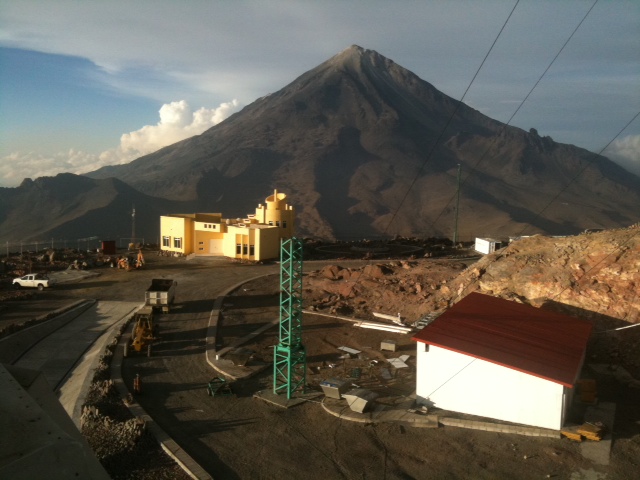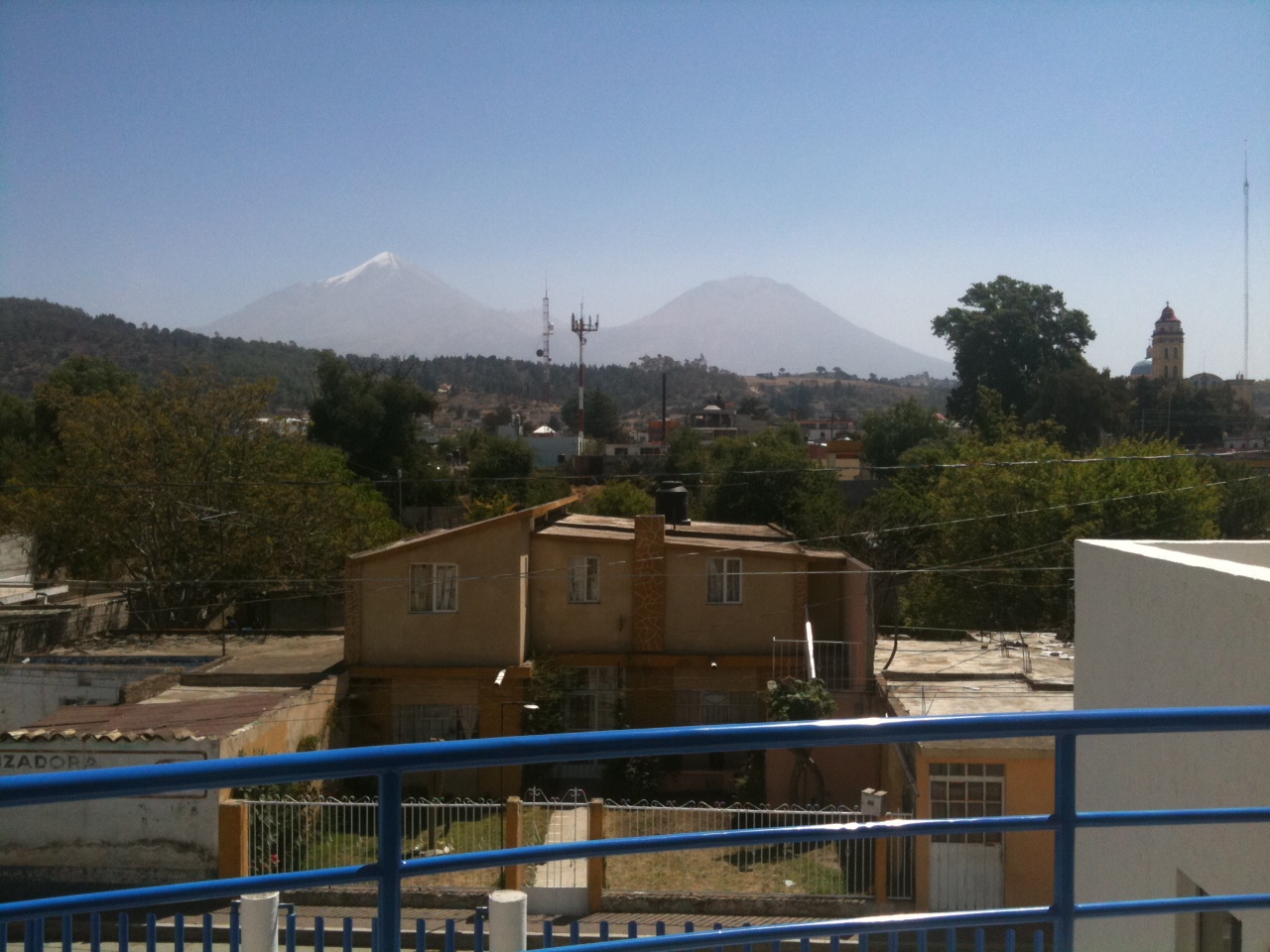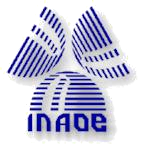Large Millimeter Telescope Description
The Large Millimeter Telescope will be a 50m-diameter millimeter-wave radio
telescope. At this time, the telescope is complete with the inner
32m-diameter of its reflecting surface in place. This configuration
allows the full system, including two scientific instruments, to be tested
and debugged, and it offers the opportunity to pursue initial scientific
programs with the telescope in 2011-2012. The LMT has now achieved
first light at millimeter wavelengths and is currently undergoing its
initial campaign of commissioning, testing and debugging.
Reflector surface
The full 50m-diameter reflector surface is
comprised of 180 surface segments with dimension on the order of 5m.
At this time, the inner 84 of these segments have been completed, installed,
and aligned, and this set of panels is now being used to test the LMT as
a functional telescope. The LMT segments are made of precision subpanels
fabricated by Media Lario (the builder of panels for the European ALMA
antennas). The subpanels are attached to a supporting structure and then
to the antenna backstructure at four points which may be adjusted by a set
of actuators that comprise the LMT's active surface.

The primary mirror is active, meaning that the positions of all reflector
segments are adjusted to compensate for gravitational (and eventually
thermal) deformations. The system of actuators required for the inner
32m-diameter has been installed and is in operation. Actuators were
demonstrated in the laboratory with a positioning accuracy of 5 microns rms.
For our initial astronomical tests, the reflector surface has been set to a
single elevation using holographic measurements of geostationary satellites
at 12GHz.
Telescope Optics
The LMT is a bent Cassegrain optical system with a
2.5m-diameter secondary mirror and a flat tertiary mirror
located on the telescope's
elevation axis. The secondary is a machined aluminum mirror with an rms of
30 microns. It is attached to the telescope with a positioning system which
allows optimization of the focus, lateral offsets, and tilts.
The tertiary mirror tracks the telescope elevation angle and delivers
the beam to the receivers.
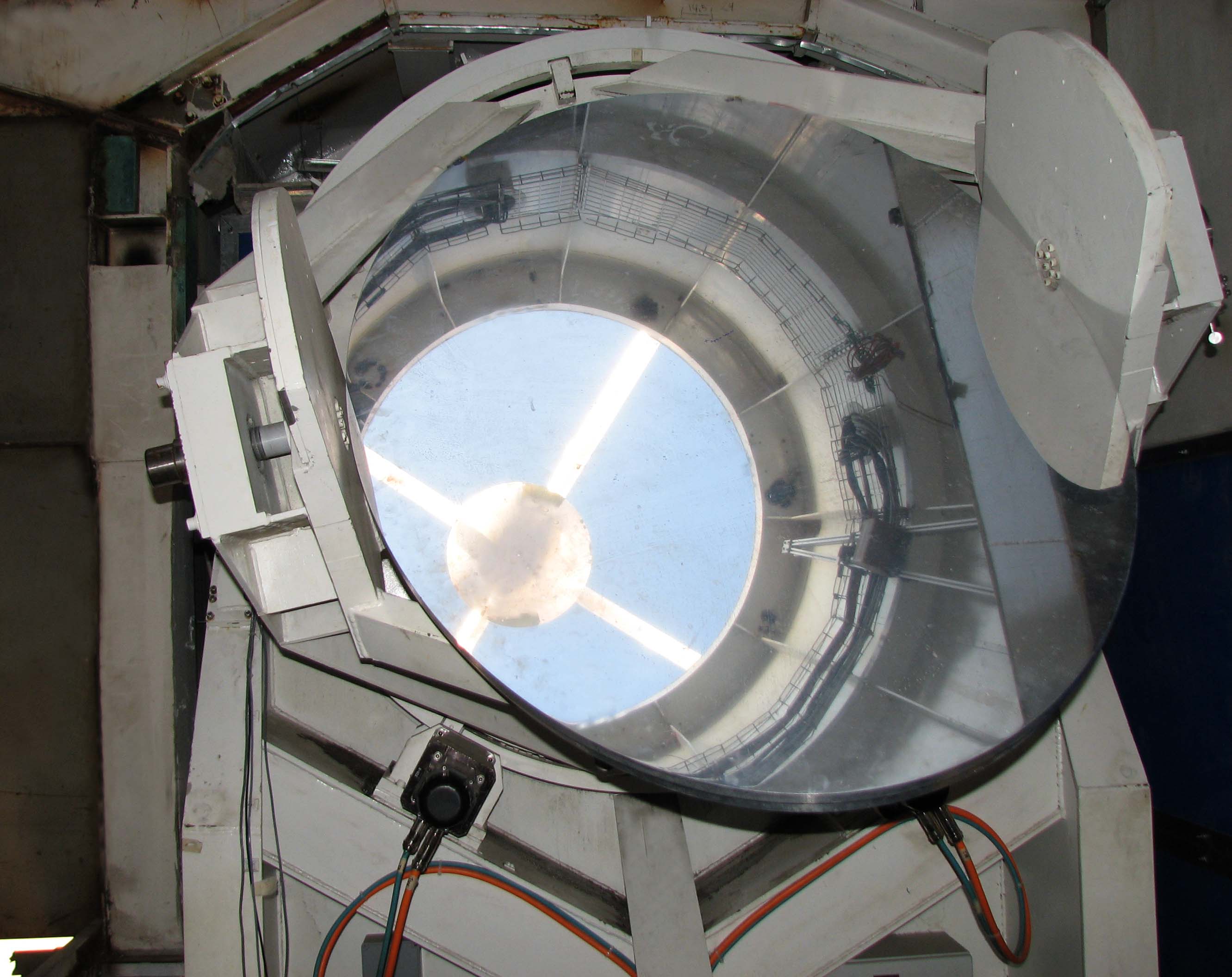
Telescope Drive System
The antenna drive system has been complete
for some time. Through the use of an optical telescope mounted on
the antenna, it has been possible to evaluate the pointing and tracking
behavior of the telescope mount. These measurements having demonstrated tracking accuracies well below
one arcsec, and absolute pointing observations that are consistent with
errors of 3 arcsec RMS. The RMS for offset pointing from nearby sources,
demonstrated
with the optical camera, is considerably better and approaches the
specification of 1 arcsec RMS.
Telescope Control System and Data Collection System
The LMT's
Telescope Control System has been fully developed for some time and was
put to use on the FCRAO 14m telescope during its final years of operation.
This early testing has proved to be very useful as we have used LMT for the
first time. The LMT's Data Collection System, which coordinates operation
of the telescope and its instruments to produce scientific data, is a new
software component that has been developed based on our experiences with the
14m telescope. This new system has been used successfully with our test
instruments (Optical Camera and Holography System) and with our two
initial scientific instruments (AzTEC and Redshift Search Receiver).
Site Infrastructure
The telescope has been built atop Sierra Negra, a
4600m peak in the state of Puebla, Mexico. This site, the 6th highest
mountain in Mexico, was selected for its excellent observing characteristics
which allow seasonal access to the 1mm and and submillimeter
atmospheric windows and year round access to lower millimeter-wave
frequencies in the 3mm atmospheric window. All site infrastructure is
complete at this time, including road access, power, communications,
and water. A new visitor's center is nearing completion at the summit.
Facilities to support operation of the telescope are well advanced,
with completion of the new LMT Base Camp in the nearby town,
Ciudad Serdan, during the past year.
